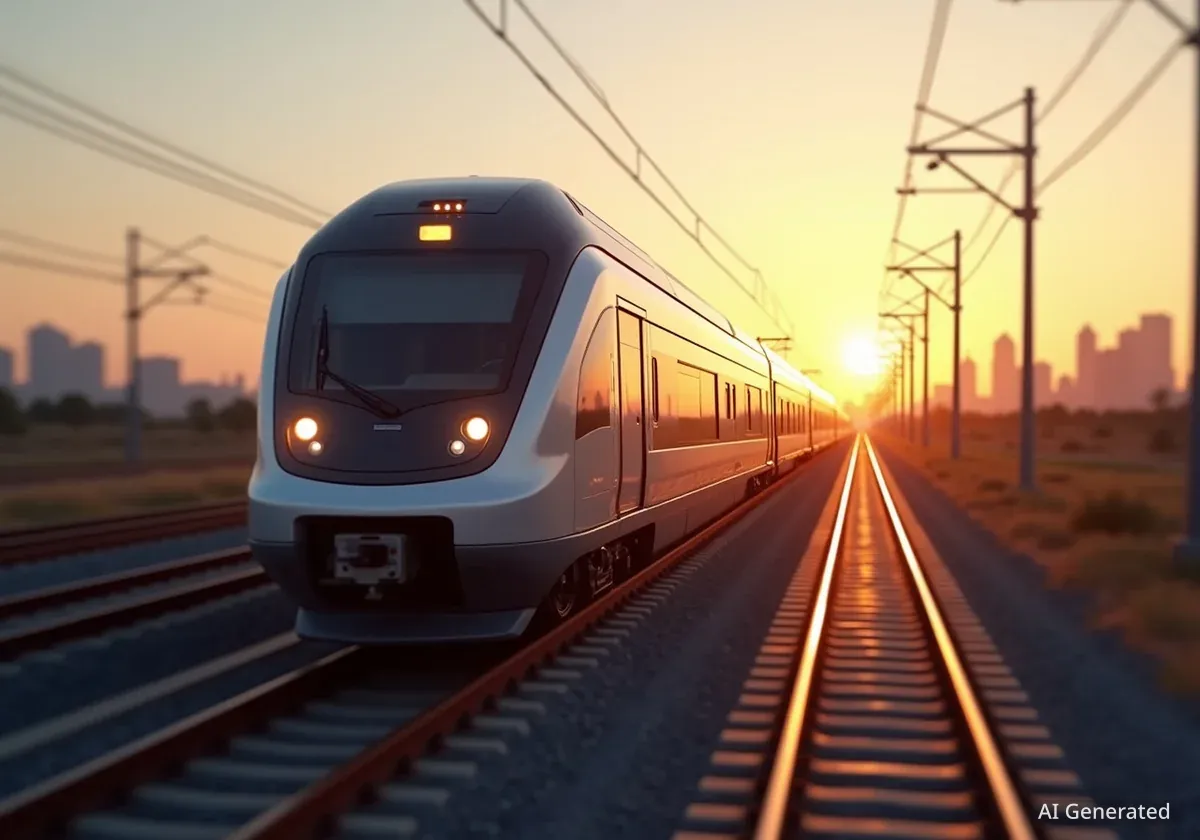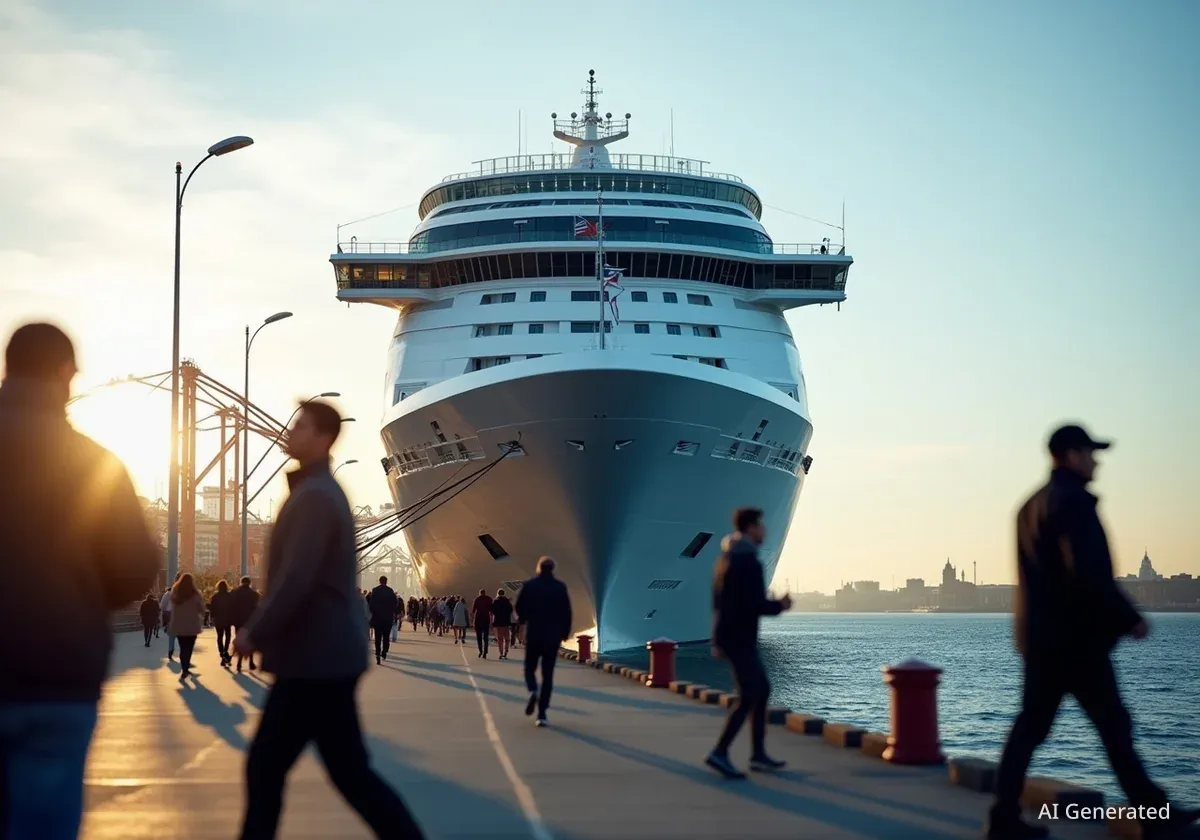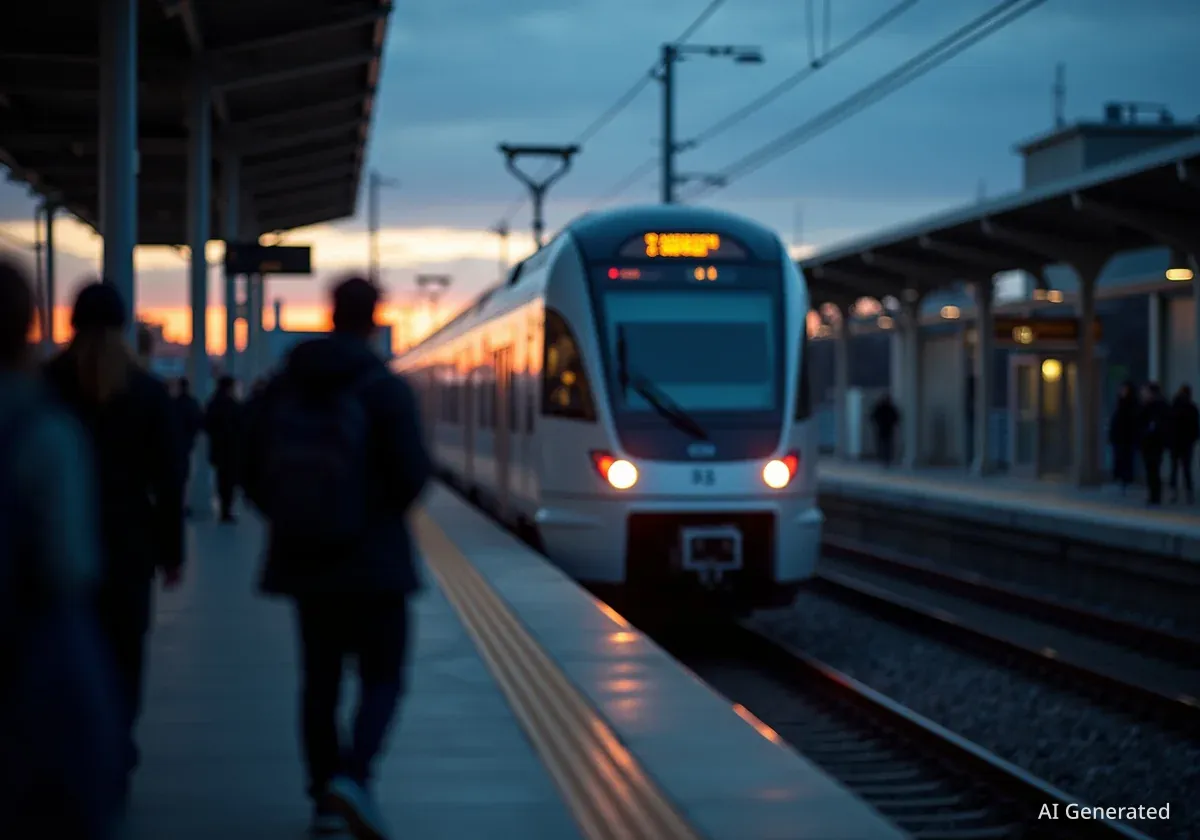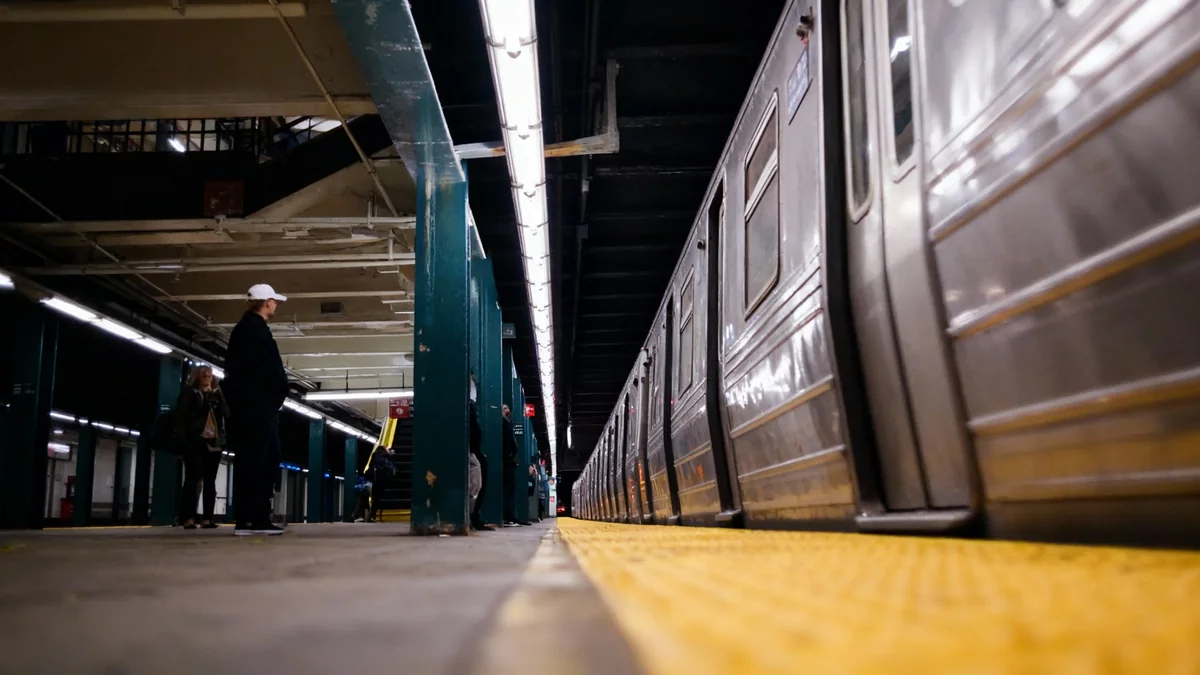Dallas Area Rapid Transit (DART) is set to inaugurate its new $2.1 billion Silver Line commuter rail service this Saturday. This significant infrastructure project will connect seven key cities across the Dallas metropolitan area, including a direct link to Dallas-Fort Worth International Airport's Terminal B. The 26-mile corridor represents DART's largest capital investment to date.
Key Takeaways
- DART's Silver Line opens Saturday, October 25, 2025.
- The project cost $2.1 billion.
- It connects seven cities and DFW Airport Terminal B.
- The line is 26 miles long.
- It provides a crucial east-west connection outside downtown Dallas.
A New Era for Regional Connectivity
The Silver Line, a project decades in the making, aims to transform regional travel. It offers an alternative to congested roadways, providing a more efficient way to move between suburbs and the airport. This new line is particularly notable for its east-west orientation, a departure from many existing DART lines that typically route through downtown Dallas.
This expanded service will benefit residents and travelers alike. It promises to reduce commute times and offer greater access to job centers and amenities across the region. The completion marks a major milestone for public transportation in North Texas.
"The Silver Line is more than just a train; it's a vital artery for our growing region," a DART spokesperson stated. "It connects communities, opens economic opportunities, and provides a sustainable travel option for thousands."
Project Facts
- Cost: $2.1 billion
- Length: 26 miles
- Cities Served: Plano, Richardson, Addison, Carrollton, Coppell, Dallas, Grapevine
- Key Destination: Dallas-Fort Worth International Airport Terminal B
- Historical Context: Originally conceived as the "Cotton Belt corridor"
Connecting Key North Texas Cities
The Silver Line directly links several prominent cities, creating a seamless travel experience. These include Plano, Richardson, Addison, Carrollton, Coppell, Dallas, and Grapevine. For residents of these communities, the new rail service means quicker access to various destinations, including Dallas-Fort Worth International Airport.
This connectivity is crucial for a rapidly expanding metropolitan area. The ability to travel between these cities without relying solely on personal vehicles offers both convenience and environmental benefits. It supports the region's continued growth by providing essential infrastructure.
Impact on Commuters and Travelers
Commuters will find their daily journeys significantly improved. The Silver Line offers a reliable schedule, helping to reduce stress associated with traffic delays. For air travelers, the direct connection to DFW Airport Terminal B provides a convenient and cost-effective transportation option.
The line's design also considers future expansion and integration with existing DART services. This forward-thinking approach ensures the Silver Line will remain a cornerstone of regional transit for years to come. It represents a long-term investment in public mobility.
DART's Vision
DART operates the largest public transit system in Texas. Its mission is to provide safe, reliable, and efficient public transportation. The agency continually invests in infrastructure to meet the demands of the growing Dallas-Fort Worth metroplex, focusing on expanding rail, bus, and paratransit services.
Years of Planning and Investment
The Silver Line project, initially known as the Cotton Belt corridor, has been in development for decades. Its journey from conception to completion involved extensive planning, engineering, and significant financial investment. The $2.1 billion cost reflects the scale and complexity of building a new commuter rail line through established urban and suburban areas.
Despite previous delays, the project's completion is a testament to persistent efforts by DART and regional stakeholders. The investment underscores a commitment to modernizing the area's transportation network. It will serve as a model for future large-scale transit initiatives.
Economic and Environmental Benefits
Beyond convenience, the Silver Line brings substantial economic and environmental advantages. It is expected to stimulate economic development along its corridor, attracting new businesses and residents. Property values near stations may also see an increase, fostering local growth.
Environmentally, the rail line offers a greener alternative to driving. Reducing the number of cars on the road helps decrease carbon emissions and improve air quality. This aligns with broader regional goals for sustainability and urban planning.
- Reduced traffic congestion on major roadways.
- Lower carbon footprint from fewer vehicle miles traveled.
- Increased accessibility to employment centers.
- Potential for transit-oriented development around stations.
The launch of the Silver Line is a landmark event for Dallas and its surrounding communities. It signifies a major step forward in creating a more connected, efficient, and sustainable transportation system for one of the nation's fastest-growing regions. The new service promises to reshape daily commutes and travel habits for thousands of North Texans.





